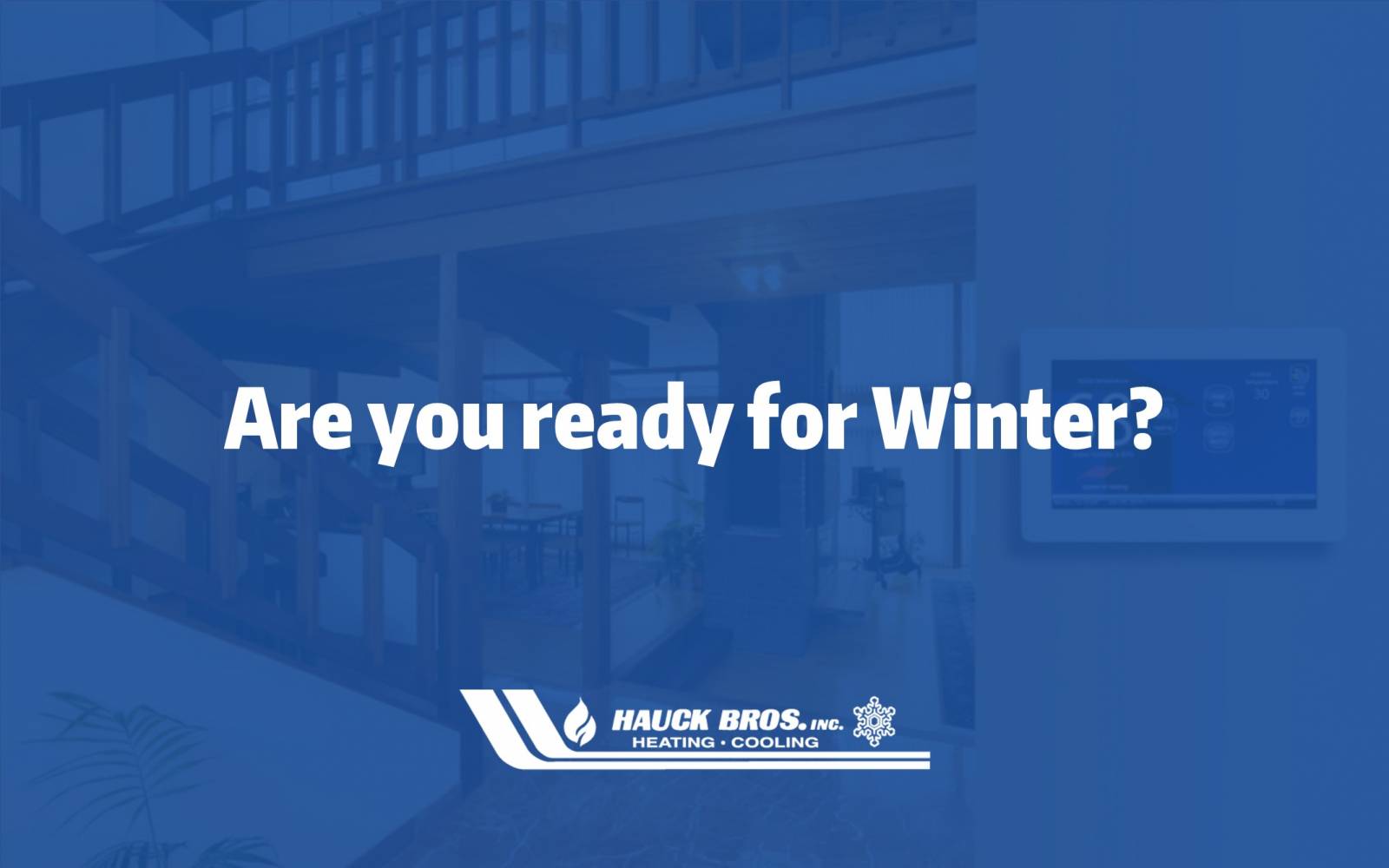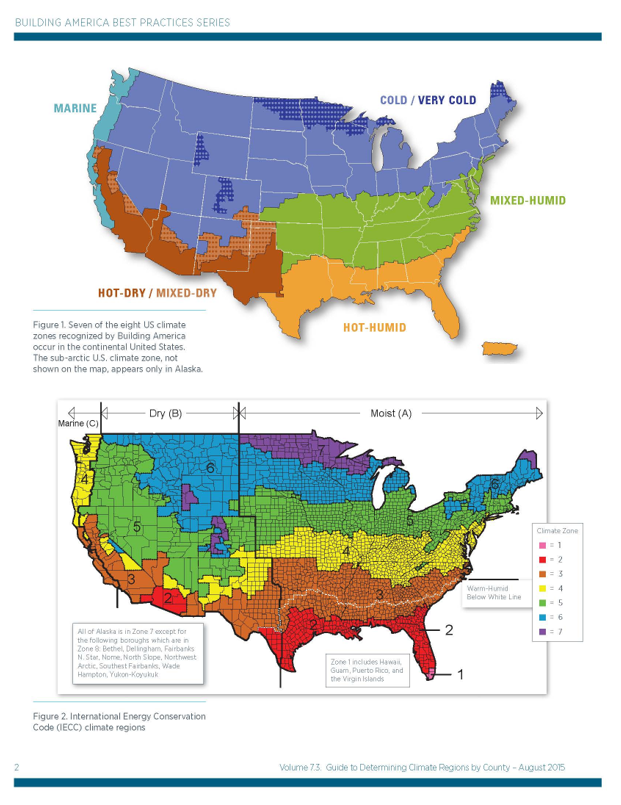
Let’s talk about comfort in the fall and winter for the Miami Valley in regards to heat and humidity. According to the International Energy Conservation Code (IECC) and the Building America (BA) Climate Zones, the Miami Valley sits on the border of Mixed-Humid and Cold BA Zone and the border of 4 and 5 IECC Climate Zone. What does that mean to you? A cold climate is defined as a region with between 5,400 and 9,000 heating degree days (65°F basis). The Building America cold climate corresponds to the IECC climate zones 5 and 6. A mixed-humid climate is defined as a region that receives more than 20 inches (50 cm) of annual precipitation, has approximately 5,400 heating degree days (65°F basis) or fewer, and where the average monthly outdoor temperature drops below 45°F (7°C) during the winter months. The Building America mixed-humid climate zone includes the portions of IECC zones 4 and 3 in category A above the “warm humid” line. In short, we experience high heat and high humidity for a few weeks per summer and extreme cold with low humidity a few weeks per winter.

In the Miami Valley, we focus more on heating than cooling. Furnaces are sold as single stage, two stage, and modulating variable speed. Last year we talked about those options, click here to view. With modulating, variable speed furnaces the fan is always on. Don’t worry, the fan uses as much electricity as a 100-watt light bulb over the course of a year. By having the fan on the furnace changes its speed and slows down the airflow through the system. This allows for precise temperature control throughout the building and increased comfort as the air is constantly moving. This also allows the HVAC system to do a tremendous job at dehumidification during the cooling season and with a humidifier, better humidification during the heating season. This also means your air is running through the air purification system and removing more dust, allergens, and contaminants.
Modulating variable speed furnaces are also more efficient than single stage and even two stage options. They meet the qualifications for Energy Star and qualify for most utility company rebates. Let’s not forget about other sources of heat as well. Oil furnaces have models available with variable speed blowers that improve the overall comfort while being more energy efficient. Heat Pumps have models available with variable speed and two stage operation, this includes ductless models as well. Boilers have models with modulating gas valves. Electric Furnaces or Fan Coils have options available with variable speed and multi-speed blowers. In short, whatever your home or business heating and cooling needs may be, we have options that will improve your overall comfort.

